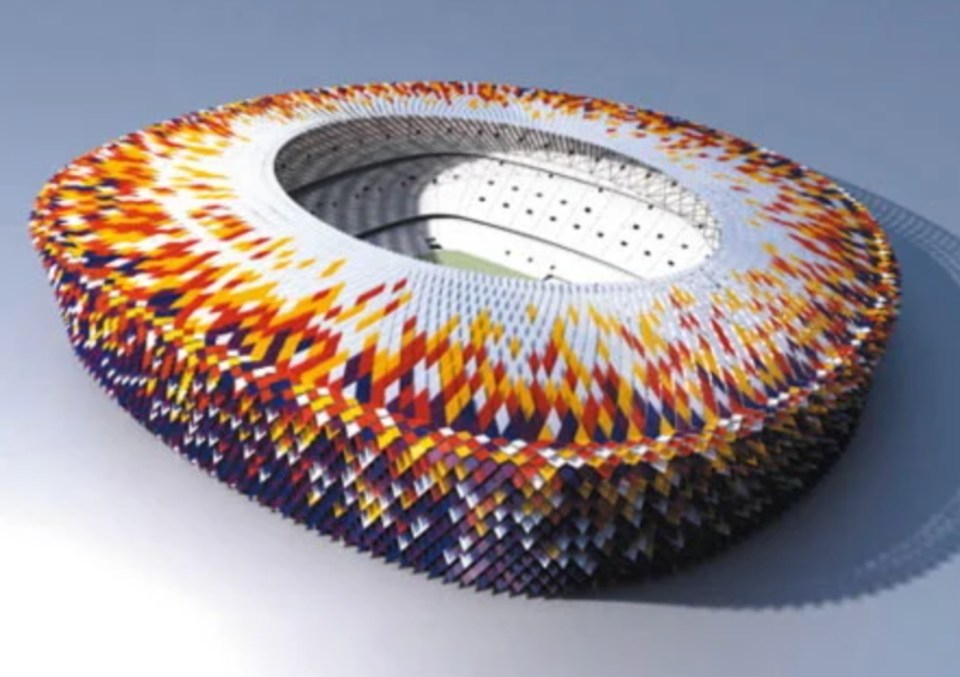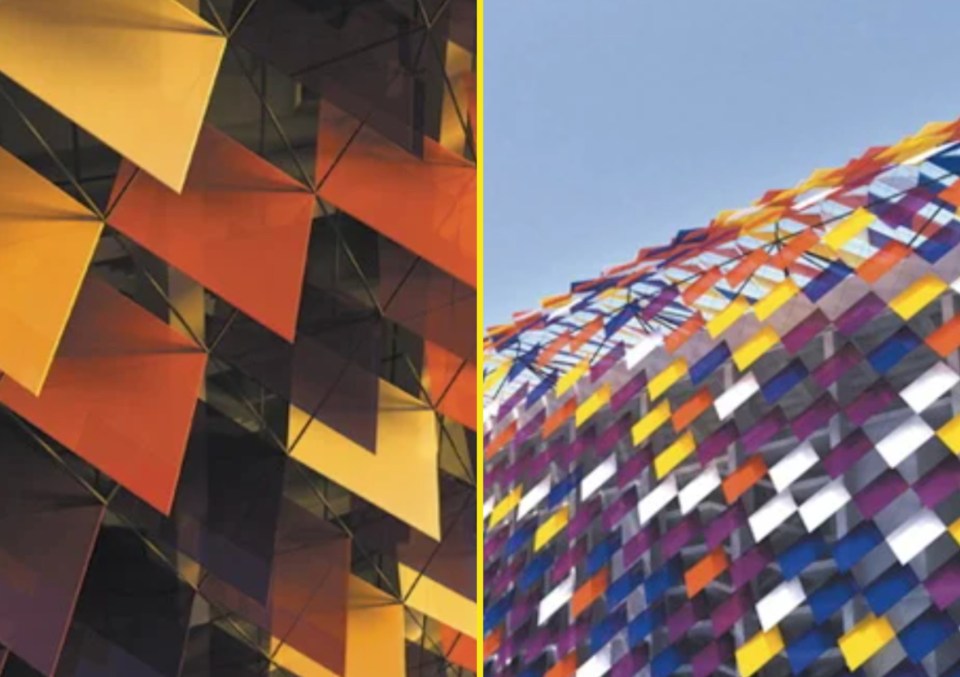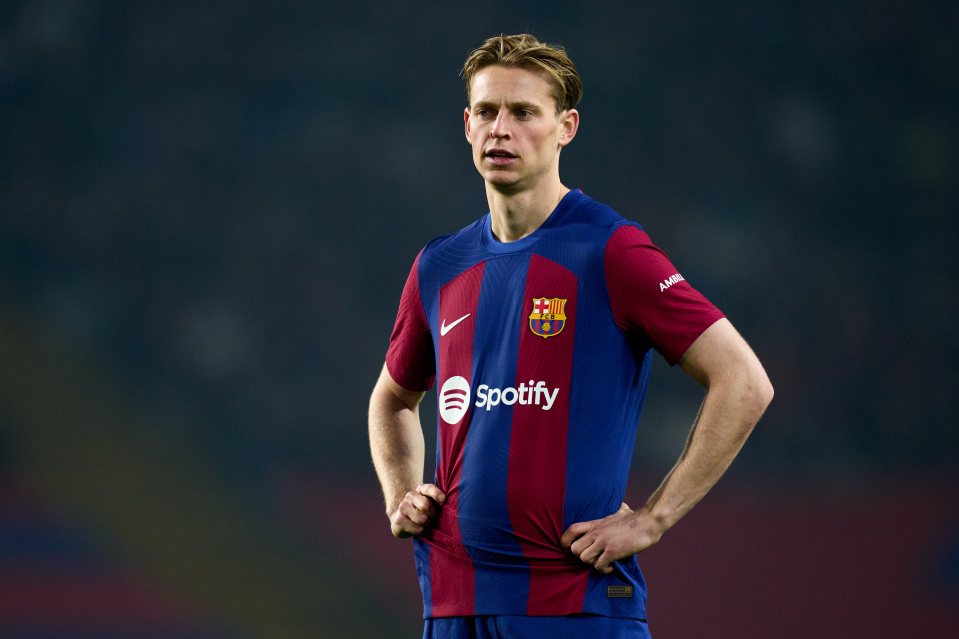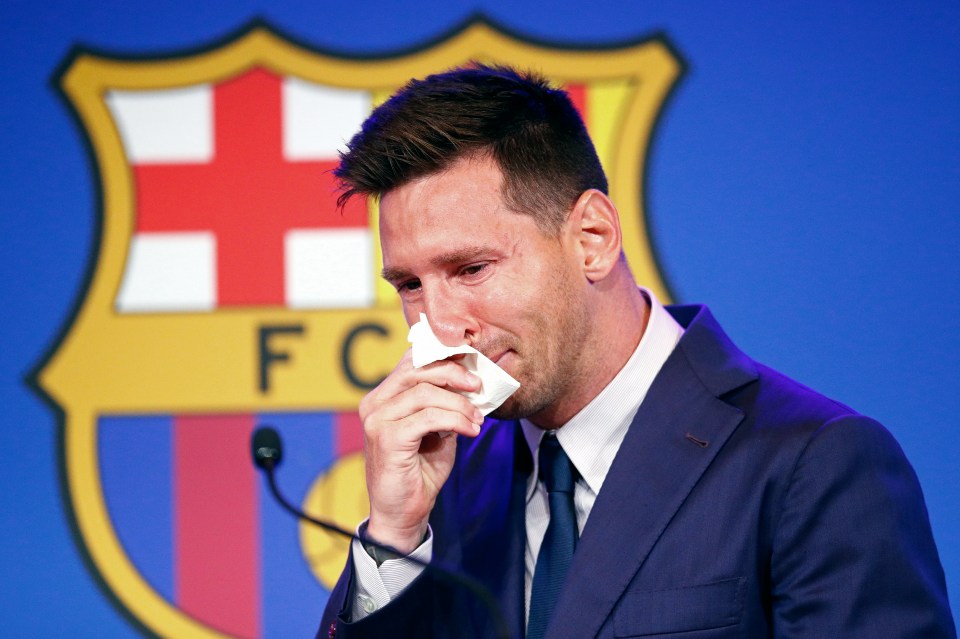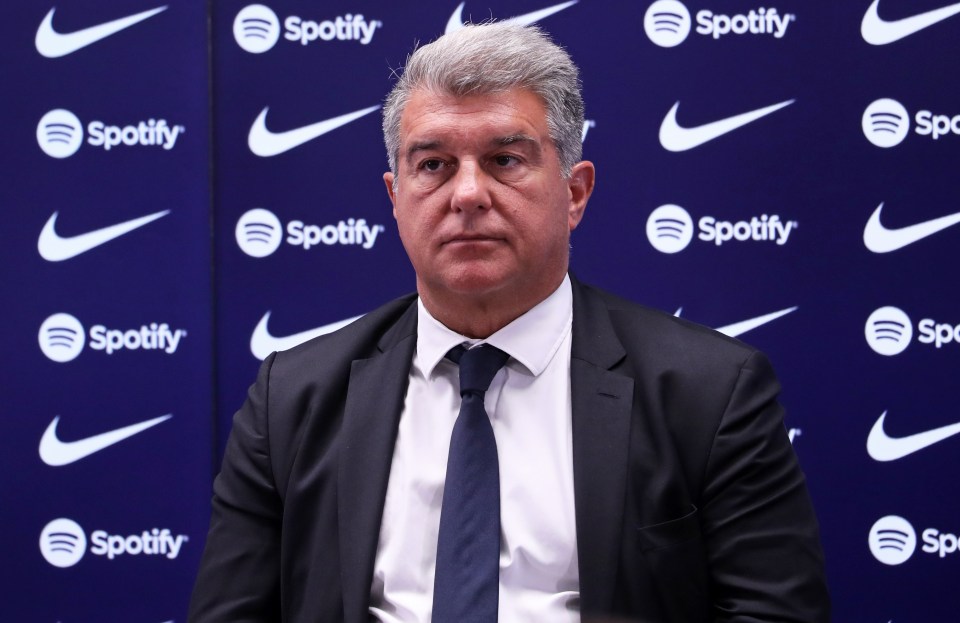Barcelona’s Camp Nou could have looked very different if it wasn’t for the global financial crisis.
In 2007, the vision unveiled by the club featured an ambitious design adorned with polycarbonate scale-like tiles in an array of club colours.
Yet, despite the captivating design, those dreams were crushed under the weight of financial struggles, and this design never came to fruition.
The project was planned to begin in 2009 and be completed in time for the 2011/12 season.
Around 6,000 seats would be added to increase the capacity to around 105,000.
This was estimated to cost £210million and would be financed through the sale of their former training ground – the Mini Estadi.
However, the 2008 global financial crisis saw the sale of the old training ground postponed and likewise the remodelling project.
In May 2010, Barcelona presidential candidate Sandro Rosell dismissed the idea of selling the Mini Estadi, effectively ending the remodelling project.
What the club would do with the stadium has been on the agenda ever since, but money issues continued to plague the club.
The club’s ongoing financial difficulties have cast a shadow over recent headlines, so here’s how it all went wrong at Camp Nou.
Excessive Spending
Under previous management, the club engaged in excessive spending on player acquisitions and wages, leading to an untenable wage bill.
Players like Philippe Coutinho, Ousmane Dembélé, and Antoine Griezmann were brought in at astronomical prices, yet their arrivals didn’t ignite the spark that fans had hoped for, leaving Barcelona grappling with a monumental financial outlay and poor returns.
The wage bill soared as lavish contracts were offered to star players, deepening the club’s plight.
In the aftermath of the COVID-19 pandemic, though the players agreed to a temporary 70 per cent wage cut, tensions continued.
As La Liga resumed, the initial agreement expired, igniting frustration among players, especially when some, including Frenkie de Jong, Clément Lenglet, Marc-André ter Stegen, and Gerard Piqué, opted for new contracts that included reductions.
Mismanagement
A series of poor financial decisions and a lack of oversight exacerbated the club’s struggles.
Among these was the mismanagement of the wage bill, marked not only by exorbitant salaries for star players but also by lengthy contracts that tethered the club to hefty payments.
In the summer transfer window of 2021, Barcelona continued to pursue new signings, offering deals to Sergio Agüero, Memphis Depay, and Eric Garcia.
In a shocking turn of fate, however, these new arrivals could not be registered as Barcelona couldn’t demonstrate the funds needed without risking financial ruin.
Despite the turmoil, the club held onto the beleaguered hope of securing a deal for Lionel Messi, whose contract was set to expire.
Ultimately, that dream ended, and in an announcement in early August, they revealed that a new contract was impossible.
Messi was left to bid a tear-filled farewell to the club he had joined as a young boy, embarking on a new journey with Paris Saint-Germain.
Impact of COVID-19
The COVID-19 pandemic had huge implications all over the world, and Barca, like many clubs, took a significant financial hit.
With stadiums closed, the absence of matchday revenue was a crushing blow, compounded by dwindling commercial earnings, a scarcity of sponsorships, and diminished transfer activities.
The pandemic was almost a catalyst in accelerating the decline at Barcelona and further exposed the deep-rooted financial issues within the club.
Stadium Renovation
While the renovation of Camp Nou is envisioned as a pathway to modernise the venue and boost the club’s finances in the long term, it has brought with it significant short-term financial hurdles.
The recurring loss of matchday revenue due to playing in the smaller Olympic Stadium has been a bitter pill to swallow.
Additionally, the cost of the renovation and the delays in large-scale construction have further caused further issues.
Financial Levers
A term that may raise eyebrows, Barcelona’s financial levers refer to the strategies employed by the club to generate quick cash.
In a bold move, the club sold a significant portion of their future La Liga TV broadcasting rights to the investment firm Sixth Street.
While this infusion of cash was substantial, it meant they would receive diminished revenue from TV rights in the years to come.
Moreover, they sold stakes in their media production house, Barça Studios (now Barça Vision), to various investors, providing immediate funds but also sacrificing some control and future profits from this venture.
These ‘levers’ have stirred controversy, as they represent a precarious gamble—offering immediate relief but laden with significant risk.
Salary Cap Issues
La Liga’s financial fair play regulations have imposed tight restrictions on the club’s spending, further complicating their ability to register new players and manage their wage bill.
Overspending on wages, the struggle to register new talent, and the imperative to reduce the wage bill have all been crucial factors in the club’s struggle.
In essence, Barcelona’s salary cap woes are a direct reflection of their financial mismanagement.
Now, they find themselves making tough choices to comply with La Liga’s guidelines, decisions that can undermine their ambition to build a competitive squad.
What is happening today?
The reconstruction is still very much in progress, with the exciting addition of a new third tier, which will elevate the stadium’s capacity to over 105,000 supporters.
There will also be a VIP ring between the second and third tiers of the stands, with roofing overall spectator seats in the stadium, and three large video screens will be built under the roof.
Images shared on X, formerly known as Twitter, showed ootage showed Camp Nou with cranes being used in the centre of the stadium where the pitch used to be.
As well as the club’s famous red and blue colours, the logo of sponsor Spotify is beginning to become visible in the seating.
The club is hoping to use Camp Nou at a reduced capacity until the work is completed in 2026.
